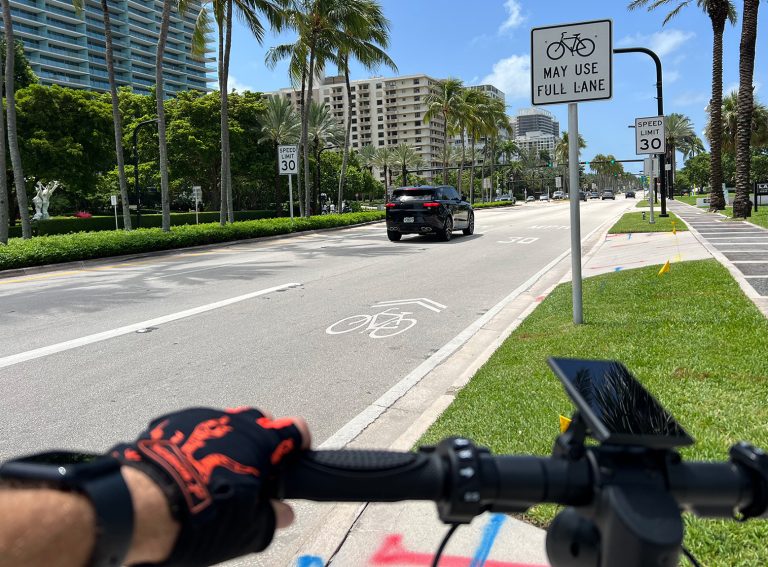Author: Rikesh Shah, Mobility Innovation Expert at Innovate Today Limited
Given the new nature and limited case studies, cities have integrated shared micromobility into their transport networks over the past few years with a range of financial models, seemingly developed based on the gut instinct and the perceptions of city authorities. With services maturing, and the sector increasingly focused on profitability, now is the time for cities to take a more considered approach to micromobility financing.
Doing so will protect these services for the long term, ensuring their continued contribution towards the objectives of cities in lowering pollution and reducing car use as well as boosting local economies with jobs and societal benefits. We have seen that micromobility creates value to the whole transport mix but there is a need for a proper look at how to find the right commercial ‘sweet-spot’ so operators, customers and cities can all benefit.
Varied approaches
So far, a range of financial models have been implemented by cities on micromobility operators. They range from flat fees charged to operators, revenue sharing schemes, charging operators for infrastructure costs and cities investing in operators through subsidies. There is often little structured rationale for which route to take, and instead a more experimental approach to see what operators will accept.
Shared e-scooter and e-bike operators are providing the public with access to transport on their service, in the same way that bus and rail providers have been doing for nearly 200 years – the first of Britain’s railway and coach companies to be established were private enterprises. Yet there is a risk that micromobility could be treated differently to the businesses which operate other public transport options or bike share schemes.
There appears to be a strong perception from cities that operators – some of which are backed by venture capitalists – are rich in financial backing, so it’s up to them to cover costs and more when it comes to delivering micromobility in cities. But as the economic landscape has evolved, and the focus to achieve profitability has accelerated, there appears to be a risk that this is no longer sustainable. A consistent approach is needed to continue to fulfil the city and public needs for shared e-scooter and e-bike services with a long term outlook.
Incorporating societal value
Rather than a simple cost and revenue model, a fairer model should take into account the value added to cities from shared micromobility. These include congestion savings from the time gained by people spending less time in traffic and more time contributing to the economy; time savings from quicker journeys provided by more efficient travel; and health savings from lower pollution levels in city centres.
Research by Dott found that in London alone, the economy could be boosted by £1.1 billion if just one in five car journeys were swapped to shared e-scooters and e-bikes instead. The study demonstrates that rather than being considered an income source for city authorities, micromobility use should be supported and encouraged to drive economic gain.
Shared micromobility contributes to city objectives of reducing car use and lower pollution, with Dott also finding that more than a quarter (26%) of its trips directly replace a car, motorbike or taxi journeys. And nearly two thirds of users (62%) that previously travelled by car said they were doing so less since they started to use Dott.
Using subsidies to fill the gaps
In some instances, where the economic case for micromobility operators to exist is missing, subsidies from cities can ensure that those areas don’t miss out, increasing access to shared e-scooters and e-bikes and the broader public transport system.
For example, lower income areas can often be less connected to existing public transport networks. Using carefully targeted support in those designated areas, people on lower incomes can benefit from better access to sustainable transport, reducing their reliance on expensive private car ownership.
A recent trial by Dott, in collaboration with Molière, offered reduced price trips to residents in targetted neighbourhoods across Brussels. Over the course of twelve weeks, the discounts increased the overall volume of rides in those areas by up to 10%, demonstrating that financial incentives for those lower income communities can accelerate the switch to more sustainable transport choices.
Cities are increasingly embracing the concept that our city centres should be designed to support environmentally friendly transport, shifting the focus from cars and creating more pleasant places to live. It’s clear that shared e-scooters and e-bikes can play a part in that, supporting many individual trips in a day, and connecting people to public transport systems for longer trips. To ensure these contributions aren’t lost, it’s time for city authorities to rethink the value these services bring, and to develop fair, considered financial models which reflect the benefits they bring to cities and their residents.








